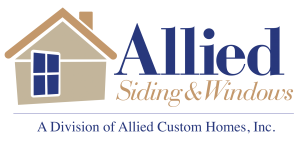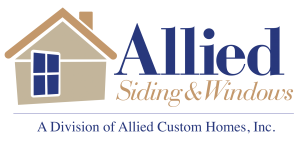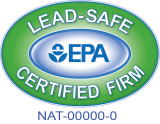As summer temperatures rise, many Texas homeowners are looking to renovations that will not only boost their home’s curb appeal, but keep it cool and comfortable as well. Here are a few renovation projects to tackle this summer to improve your home’s appearance, comfort, and energy efficiency.
Home Window Replacement
Energy-efficient windows are the key to keeping your home comfortable. Allied Siding and Windows offers a range of affordable window replacement options, including Andersen, Simonton, and Don Young. Simonton windows feature energy-efficient vinyl profiles with optional Low-E/argon-filled glass that helps reduce heat transfer during the warmer months, making them ideal for the long Texas summer. With a 75-year reputation for excellence, Simonton is a top choice for home comfort. Allied Siding and Windows offers the best products from the most trusted brands to ensure optimal performance from your replacement windows.
EnergyWise Radiant Shield (EWRS)
Your attic is the primary source of heat loss or gain in your home. EnergyWise Radiant Shield (EWRS) reflects heat away from the home before it enters your attic, keeping your house cooler from top to bottom. EWRS is a thin reflective radiant barrier that is professionally installed on the underside of the home’s attic. This barrier is as effective as a 7-foot thick piece of traditional insulation, stopping 97 percent of radiant heat from entering the home. EWRS helps you maintain a comfortable indoor environment — and a lower energy bill.
Hardie Home Siding
During the daytime in summer, sunlight can cause the temperature of your home’s exterior walls to rise to as high as 200 degrees, making it harder for your air conditioning system to maintain a consistent, cool temperature. Not only are you left with an uncomfortable indoor environment, but your cooling cost increases as well. Allied Siding and Windows has partnered with the James Hardie brand to offer HardiePlank siding with foam insulation technology. James Hardie fiber cement siding reduces thermal bridging (heat transfer) to help keep warm air outside and cool air inside. HardiePlank resists warping, cracking, and other external damage, ensuring your home is properly sealed. A special foam fills the gap between the siding and your walls, keeping heat transfer to a minimum. This sound-dampening, fire-resistant siding will also keep pests out of your home. Hardie home siding is available in a variety of colors and textures. Installed by crews that are trained in James Hardie’s best practices, and backed with a 30-year limited warranty, HardiePlank promises to keep you cool for decades to come.










